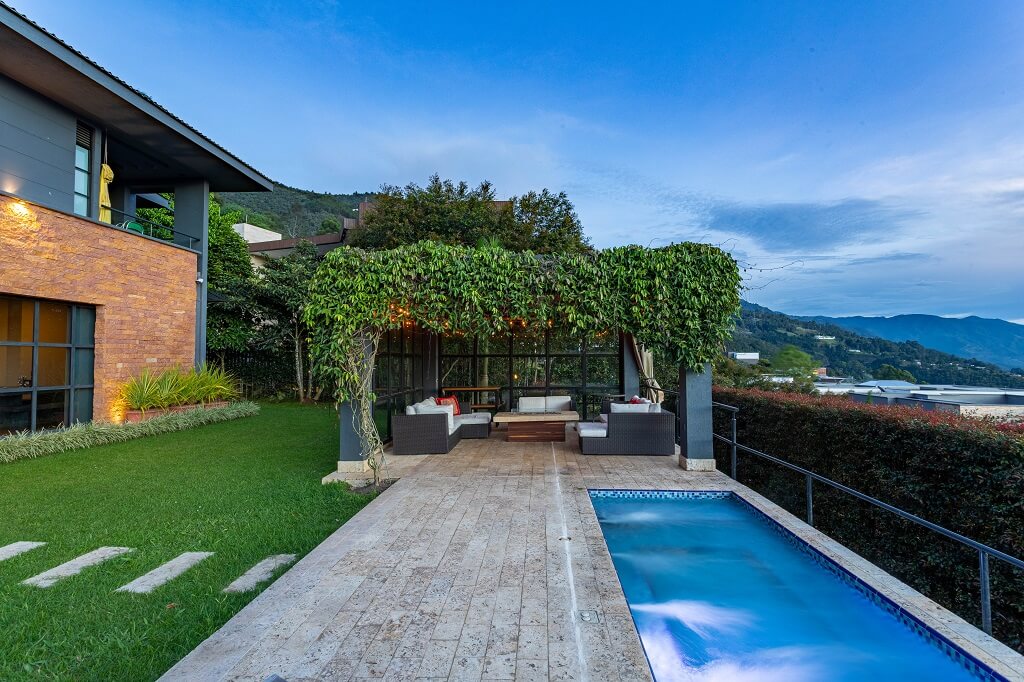What some people might not know is that the Pre filter is the first level of
water purification in the whole house. It filters out large particles including rust, sediment, and suspended
matter, and will pre-process the water that is ready to flow into your house for use. You can protect the life
of your water pipes, other water purification equipment, and your household appliances. This article will give
you more information about the whole house water filter.
Different Kinds Of Whole House Water Filters
The complete whole house water purification system
includes:
Pre-filter
Central water purifier
RO water system
Water softener
We will describe in greater detail about each product:
Pre-filter
Within the Whole House Water Purification System, the pre-filter's role is
to protect the pipeline as the water supply pipes in a lot of cities are old and impurities, including rust and
sediment, can cause secondary pollution of the water quality as well as the water equipment. Other accessories
will have issues as well including the faucet that is always dripping, the heat exchanger is blocked and has
ruptured, and the rain sprinkler is blocked and corroded by sediment.
The pre-filter will not improve the cleanliness of your drinking water but
has some good features including its small size, it requires no electricity, and has no consumables. It can be
used for a very long period of time under normal conditions.
The Central Water Purifier
This is like a major ultrafilter. No electricity is required and a very
small amount of wastewater is discharged. It carries out primary purification treatment for the water in the
whole house which will effectively remove the residual chlorine in the water, some heavy metals, bacterial
impurities, organic substances, and chemical residues. You will discover the water quality will be clearer after
filtering. The central water purifier can solve most domestic water issues such as washing vegetables, and
fruits, cooking soup and washing clothes.
The RO Water Filter System
The RO or Reverse Osmosis is the process of purifying water
through a
semi-permeable membrane to remove unwanted contaminants and molecules. Regular osmosis has been demonstrated in
a thousand high school science classes. Freshwater and saltwater (or sugar) are separated by a semi-permeable
membrane. The water migrates through the membrane from weak to strong solutions until the waste is equally salty
on both sides or in some cases sugary.
If reversed, the process can take place if pressure is applied to the
stronger solution. If that happens, water migrates through the semi-permeable membrane away from the dissolved
solids. This process is used in reverse osmosis to separate dissolved salts and minerals from your water. It's
more effective than using inline filter cartridges, which are usually carbon, and results in up to 98% rejection
of dissolved contaminants.
The Water Softener
This solves the hard water issue caused by calcium and magnesium ions in
water. It softens the water quality and prevents the blockage of official roads and equipment damage brought on
by scaling and will improve domestic water.
Although it improves the bathing experience, it is not recommended for
drinking directly. There have been many disputes about whether softened water should be allowed for drinking.
Let's look at the filtration principle for the water softener. We all know that hard water is
caused by calcium
and magnesium ions. The process of softening the water is not completely removed like RO. There is a filler
called resin in the water softener. The resin is absorbed and replaced with calcium and magnesium ions and
replaced with sodium. It builds up on the surfaces in the form of scale.



